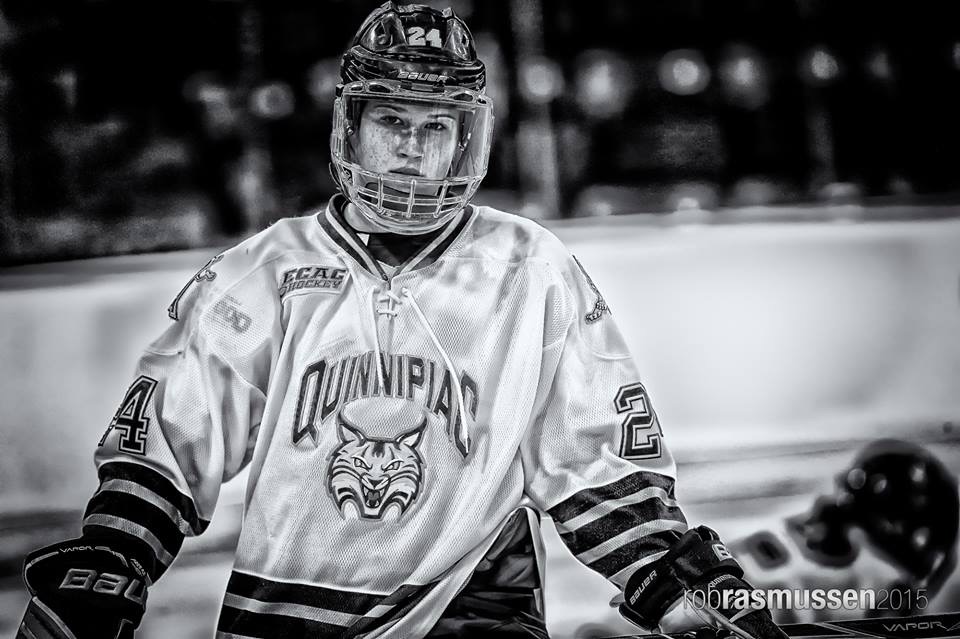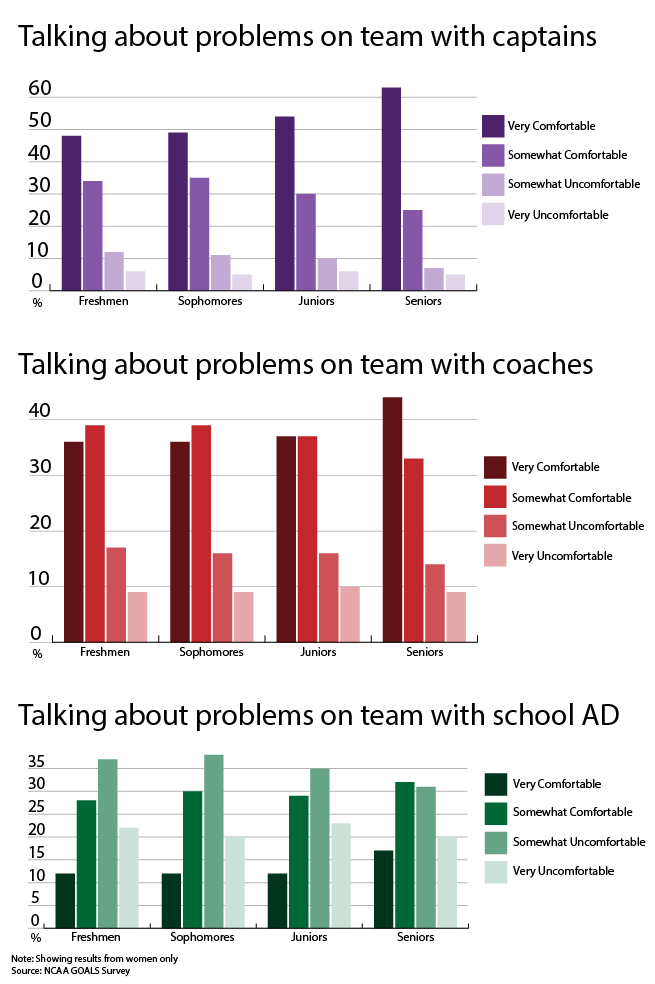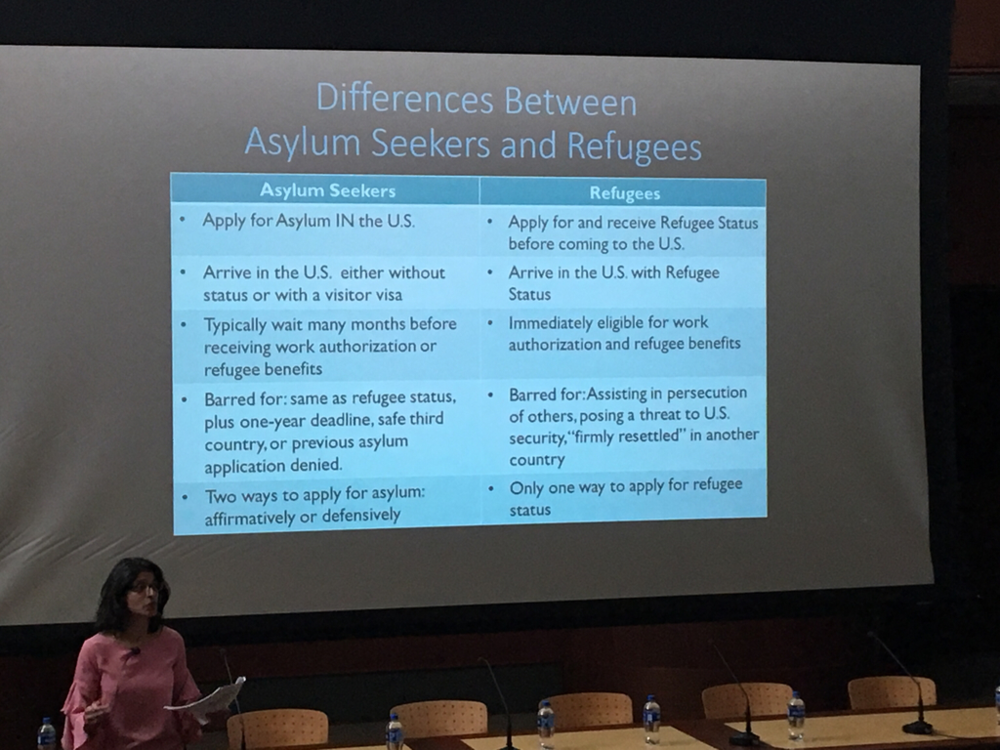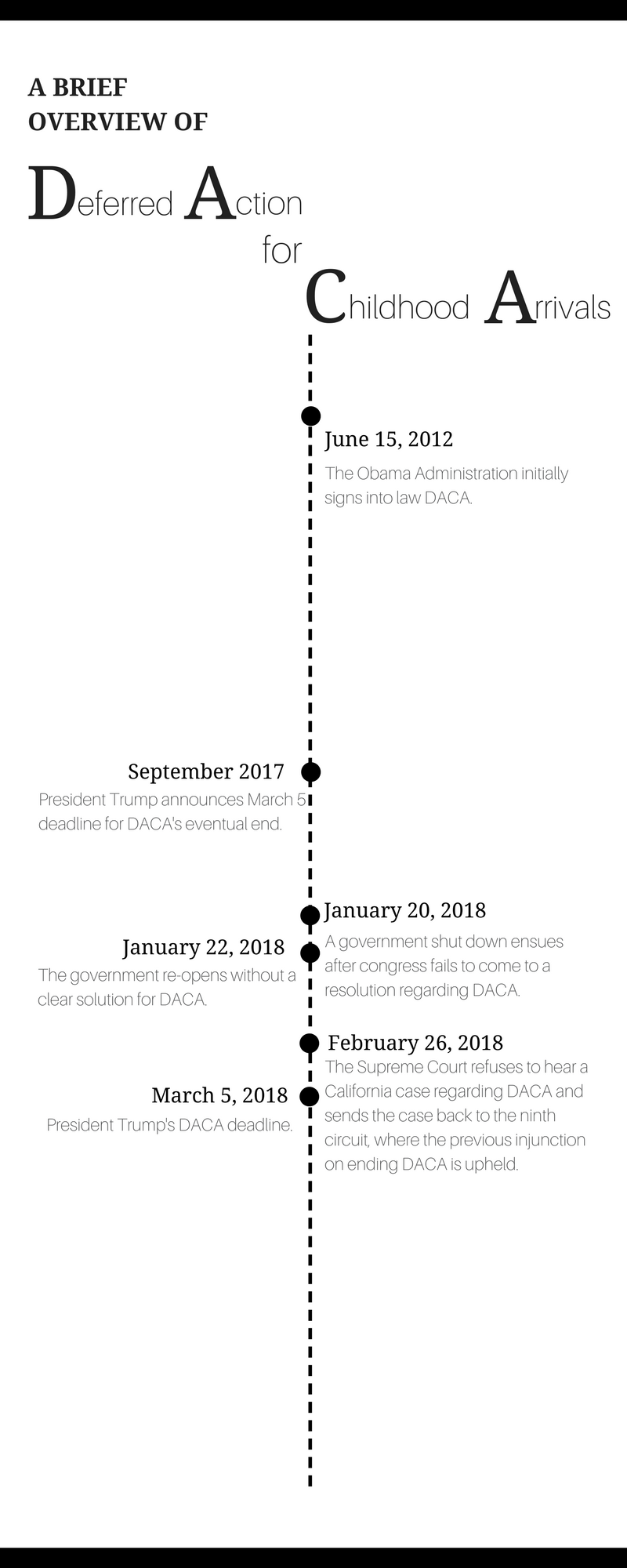By Cliff Nadel
Most basements are dead places, where things deemed too valuable to throw out but not worth enough to keep in easy reach are stored, but not this basement-style room. It teems with 20 vibrant television screens connected to Nintendo WII video game machines. The sounds of characters from the game Mario Super Smash Bros. mix vibrantly with the often shrill voices of young people expressing surprise, frustration and the other emotions that accompany esports.
In Wallingford, Connecticut, every Thursday night the organization Hall of Gaming (HoG), hosts a Mario Super Smash Bros. event, called the “Hall of Gaming Melee Weekly.” According to Hall of Gaming employee Sean Thomas O’Connor, the weekly melee tournaments are the biggest of their kind in Connecticut.

Hall of Gaming’s Melee Weekly is held every Thursday night at 150 Center Street Wallingford, Connecticut.
“So you pay five dollars for the venue as a thank you to the owner for letting us use this space, and then five dollars to enter the singles bracket, and then I calculate all that money. Then I pay out to the top three,” said O’Connor, who is also a student at Quinnipiac University in nearby Hamden, Connecticut.
O’Conner notes that there is a range in the amount of money winners take home.
“You can walk out of here with anywhere from $50, to I’ve seen people walk out of here with $500,” said O’Connor. “Big or small we always have a good time here at HoG. We’re kind of like a tight-knit family in that sense.”
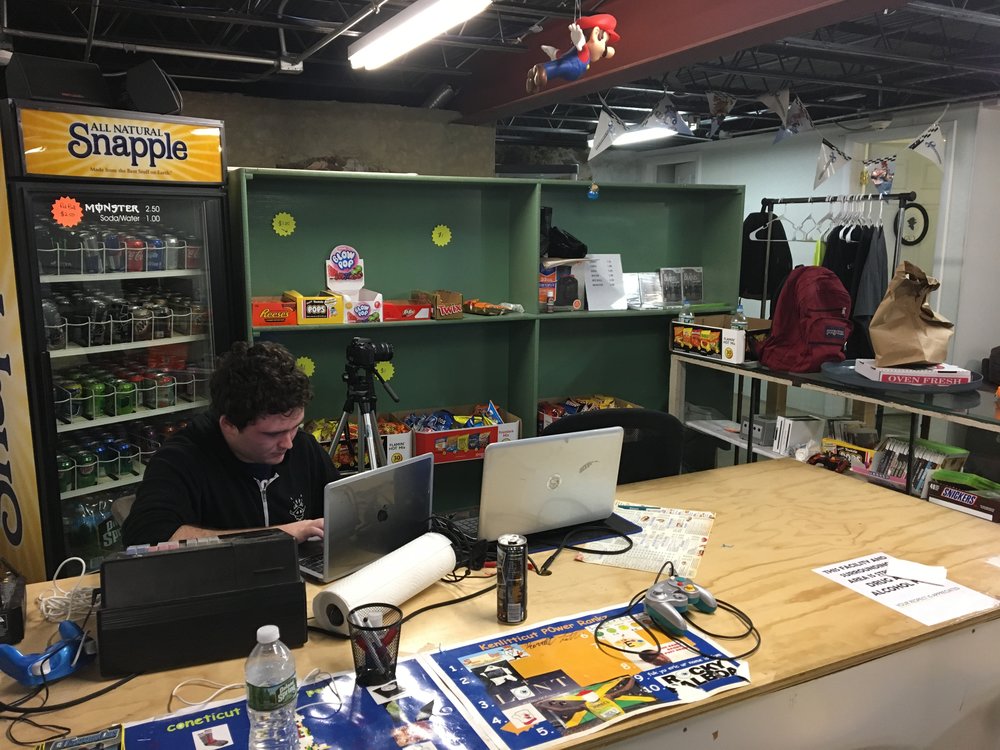
The Hall of Gaming snack bar with Hall of gaming employee and QU student Sean Thomas O’Connor

Mario Super Smash Bros. Melee was released on the Nintendo Gamecube back in 2001.
So what is “esports” anyway? Well, basically “esports” is what has developed out of playing video games on a competitive level. It has turned the competitive playing of video games into a sport. Playing esports can be done on an individual level, but mostly it’s played through teams.
Free streaming services like Twitch and YouTube allow anyone with a Wi-Fi connection to watch various esports tournaments and matches. These internet services give gamers the opportunity to watch their favorite esports athletes, mostly for free.
Esports is a rapidly growing industry around the world and according to Newzoo, an esports market research firm. The esports industry is expected to have a worldwide audience of over 557 million people by 2021. In Connecticut, esports programs and teams have made their way into high schools across the state, a prime example is the esports team in the New London Public Schools.
this chart shows the current as well as projected worldwide esports audience Size
Tyler Schrodt, the founder and CEO of the Electronic Gaming Federation, said that esports have changed into something more important than the original goal. Esports isn’t just a game, he says, but it can also give players a community that they can’t find elsewhere.
“It’s evolved beyond just the idea of people playing against each other in video games, into something that really makes a real impact for a lot of people,” Schrodt said.
There are hundreds of video games that have developed esports connections: including real-time strategy (RTS) games like Starcraft II, multiplayer online battle arena (MOBA) games like League of Legends and DOTA 2. There are first-person shooter games like Call of Duty, Halo and Overwatch as well as fighting games like Street Fighter and Mario Super Smash Bros. There are also sports games like Ea Sports FIFA and Madden
League of Legends, made by publisher Riot Games, is the most popular esports game. It has more 100 million monthly active users, or MAU, according to research firm SuperData. MAU is a key figure used to measure the popularity of digital applications and games. In the MOBA game League of Legends each team has to work together using strategy to destroy what’s known in the game as a nexus in the center of each team’s base. Last year’s League of Legends World Championship had a nearly $5 million prize pool.
Arguably the most successful esports athlete Lee Sang-hyeok, also known as “Faker” has earned over $900,000 in prize money playing League of Legends. It has been rumored that “Faker” was offered a $2.5 million per year contract extension to resign with his team SK Telecom T1, after they won their third League of Legends World Championship.
Dota 2, made by publisher Valve Software, is another popular MOBA esports game that has more than 12 million monthly active users, according to SuperData The Dota 2 World Championship boasts one of the biggest prize pools for an esports tournament, with nearly a $24 million prize pool.
Statistics show how much money the esports industry is making, how many people watch esports and how valuable the esports industry will be in the future, according to a Morgan Stanley report titled “Have eSports Hit the Majors?”
“Esports is on track to be a $1.5 billion industry by 2020 as it emulates the business models of major league sports, complete with sponsorships, advertising, media rights, ticket sales and merchandise,” according to the Morgan Stanley report. The report’s statistics show that the esports industry was worth approximately $700 million in 2017.
“In 2017, esports attracted an audience of more than 380 million, 20 percent increase from the year prior,” according to Newzoo, an esports market research firm, cited in the Morgan Stanley report.
this chart analyzes the number of global online esports viewers vs. us sporting event tv viewers
Vince Nairn, managing editor of DBLTAPESPORTS, a media company focused on the coverage of esports using a combination of fan generated media with traditional sports journalism elements said, “Video games have always been popular and as technology has advanced and as kids today have lived their entire lives in the digital age (and a growing one at that), that interest has gone beyond just playing games with the handful of friends who live on your block.”
Nairn went on to explain, “We have a giant mass of people in the 13-24 age range. That demographic is the most desirable for advertisers because it’s huge.” He went on, “So you have this giant mass of young people and a lot of people interested in trying to reach them, and that’s why you’ve seen so much investment and sponsorship from non-endemics. Everybody wants a part of esports because it’s young and it’s trending up.”
Professional sports teams have started to get in on the esports action as well. For example, several of the world’s biggest soccer clubs have started to sign their own EA Sports FIFA esports athletes.
In 2016 English Premier League Club Manchester City signed Kieran Brown, also known as “Kez,” to be Manchester City’s official esports FIFA pro. Since Manchester City’s first FIFA pro mostly played on the XBOX, in December 2017 Manchester City signed a second FIFA pro, Marcus Jorgensen, also known as “ExpectSporting,” becoming Manchester City’s dedicated PlayStation 4 FIFA pro.
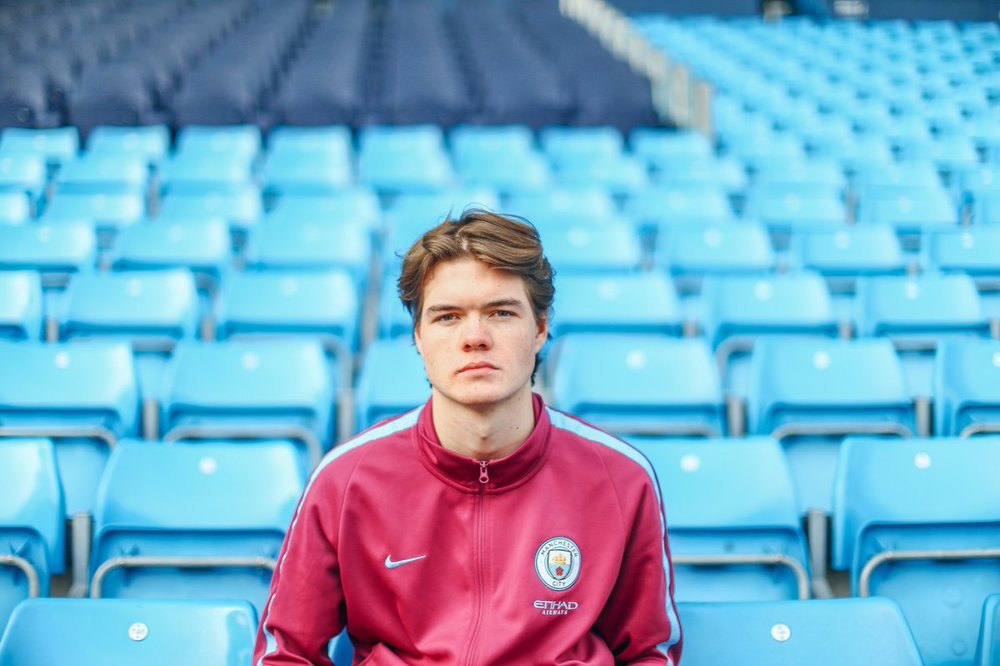
Marcus “ExpectSporting” Jorgensen Manchester City’s EA Sports FIFA pro. Image via his Twitter @Marcuzo45
Blizzard Entertainment, creators of the First-Person-Shooter game Overwatch, this year introduced the first season of The Overwatch League, which Blizzard intends to run like a traditional sports league. The inaugural season of The Overwatch League features 12 teams from all over the world including New York, Houston, Philadelphia, Boston, Seoul, London, Shanghai, and two teams in Los Angeles.

The Overwatch League Logo. Picture Via The Overwatch League
The first Overwatch League season will take place in Los Angeles, with plans for home and away games in the future. Each of the 12 teams in the Overwatch League paid $20 million for a franchise spot and some of the owners of the Overwatch League teams include traditional sports team owners like New England Patriots Owner Robert Kraft, who owns the Boston Overwatch League team, and Mets COO Jeff Wilpon, who owns the New York Overwatch League team. With no revenue sharing until 2021 other prospective owners will have to wait and see if owning an Overwatch League team is a profitable venture.
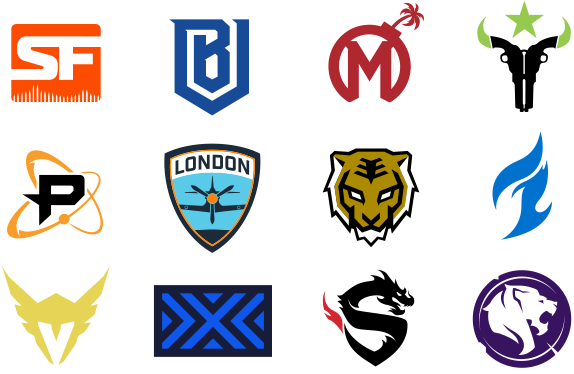
The Logos of All 12 Teams in The Overwatch League. Picture Via The Overwatch League
When asked if traditional sports teams will continue to invest in esports, Nairn said that, “In the short term, definitely. I expect more of that to continue in the short term.” But Nairn isn’t sure that the investment in esports will continue in the long term, “So much money has gone into esports, and not a ton of those investors have gotten money back out of it, at least to this point. That’s going to need to change for people to continue to think their investments are worthwhile.”
High School esports In Connecticut and The Electronic Gaming Federation
Organizations like the Electronic Gaming Federation (EGF) have partnered with various gaming clubs in high schools in Connecticut to help create an esports league for Connecticut high schools. The EGF also helped Connecticut’s high school esports league become an official partner with Connecticut’s state high school sports organization known as CASCIAC.
The EGF was created in 2013 and according to its founder and CEO Tyler Schrodt, EGF’s goal is, “to do what the NCAA does for traditional sports, but apply it to esports.”
The EGF oversees both a high school and a collegiate esports league and according to Schrodt, the EGF wants its league to have a similar kind of professionalism that traditional sports organizations like the NCAA have. According to Schrodt, the EGF also works with various high schools across the country to help them build their esports programs.

The EGF Logo. Picture Via The EGF Website
“We (The EGF) also spend a lot of time working with individual schools to build their programs from the ground up,” Schrodt said. “We spend a lot of time helping to educate staff. We help them figure out what their program is going to look like, establish their goals and assist them up to the point of helping them design their facilities.”
The EGF also does all of its own event production and broadcasts. They even have their own esports broadcast training program that educates people interested in producing and commentating in the esports world and about what it takes to get a job.
According to Schrodt, the EGF often faces knowledge gap challenges when it helps high schools create esports teams and programs. The EGF helps explain what esports are, to students, parents, teachers and administrators who are unsure of what it is. The EGF also helps set realistic goals for the high school esports programs, as well as helps them reach those goals. EGF is working on expanding to other states besides Connecticut, but has yet to identify the states. The main tool that EGF has used to promote its services is through word of mouth.
“We put a lot of effort into enabling our members to talk completely about what they’re doing with their programs and how we as EGF can help new programs find their feet in esports,” Schrodt said. “Beyond that, we generate as much content as we can and make sure that we’re visible at conferences and wherever else students or administrators might have an opportunity to interact with us.”
One of the school districts in Connecticut where EGF helped develop an esports program is the New London Public School District. Clint Kennedy, who holds a doctorate degree and is the director of Innovation Technology for the New London Public Schools, decided to start a gaming club for the New London Public Schools after he saw a few of his students playing League of Legends during their free time.
After Kennedy started playing League of Legends with his students, Kennedy realized that games followed a pattern common to all technological developments. It required collaboration, research and critical thinking. During the first year of New London’s gaming club, about 80 high school students showed up for every gaming club meeting. This led Kennedy to approach the New London Public School administration about starting an esports team.
After an inconsistent first season for New London’s esports team, the students of New London and Kennedy decided that they wanted to start an esports league for Eastern Connecticut. While earning his doctorate at UConn one of his professors connected him with a guy named Andrew Cutter who worked at EGF and is currently the Operations Architect for EGF. In the summer before the 2016-2017 school year, Kennedy worked side by side with EGF and 15 high school students from Eastern Connecticut for eight days over the summer to create all the rules, marketing strategies and the ins and outs of the Eastern Connecticut esports League.
“EGF did some pro bono work to really help guide us in the creation of the league,” Kennedy said. “EGF also recommended that we open it up (the league) to the entire state.” EGF helped assist Kennedy and his students at New London as they pitched the idea of making their esports an official recognized student activity by the CASCIAC. “Once CASCIAC blessed it EGF became the official organizing body of the league.”
The New London esports program is not funded by the school system. Instead, it raises money on its own with tournaments and other events. The program does its own fundraising and they have monthly tournaments The Friday night fights tournament is among the most popular,, with funds raised through a $5 or whatever gamers can afford, admissions fee and the sale of food and beverages.
Collegiate esports
Esports has also started to make waves at the collegiate level with over 50 schools having their own varsity esports programs. Robert Morris University Illinois located in Chicago, was the first school to offer a partial scholarship for esports athletes for their League of Legends team back in 2014.

Robert Morris University Illinois esports Team Logo. Photo Via Robert Morris University’s esports Team Twitter @RMUesports
Lebanon Valley College (LVC), located in Annville, Pennsylvania, started its collegiate esports program last December. According to Director of esports Operations, David Shapiro, LVC treats its esports athletes and teams the same way they treat their traditional athletes and teams.
“At LVC we look at esports as a varsity sport,” Shapiro said. “Our esports athletes are a part of our athletic department, they have specific meeting times, specific measurements they have to meet, training schedules, coaches. We really treat it as an athletic organization and we maintain it as a full varsity level team.”
LVC has a Hearthstone, Overwatch, League of Legends, and Rocket League esports team. According to Shapiro, Lebanon Valley’s esports athletes practice Monday, Wednesday, and Friday for about two-three hours when they aren’t competing. When they are competing they only practice for about one-two hours on Monday, Wednesday, Friday. Even though LVC plans to start offering partial esports scholarships in the fall of 2019, Shapiro believes divisions similar to how the NCAA has DI, DII and DIII will form after esports scholarships become more prevalent.
“I think what will end up happening as more colleges and universities join esports on the varsity level and colleges see an opportunity to offer scholarships or incentivize coming to play there, it will kind of like NCAA, it will create divisions,” Shapiro said. “Those divisions will be those who offer full rides and those who don’t. We play Boise State (a school with over 22,000 students compared to LVC’s 1,700 students) and I’m not sure if we will in the future.”

Lebanon Valley College via lvc.edu

Lebanon Valley College Logo via godutchmen.com
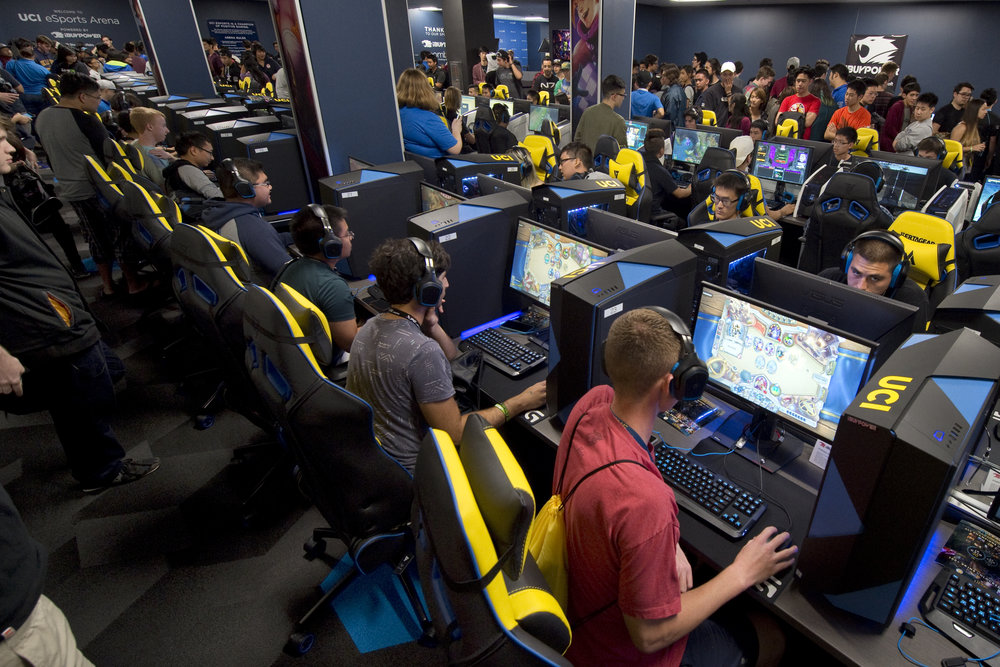
UC Irvine esports Program. Photo Via UCI Irvine esports website
Mark Deppe the Acting Director of UC Irvine’s esports program believes that esports scholarships haven’t had that big of an impact on collegiate esports yet.
“There are only a few schools that have esports program scholarships for League of Legends or Overwatch that are good,” Deppe said. “Schools that were historically good at esports, and I would count UCI in that group, are still good at esports. Last year when Maryville won the national title for League of Legends, it was the first time a scholarship team had won the national title. In Overwatch, we were the only scholarship team that was in the finals and we ended up losing to a non-scholarship team.”
Maryville University won the college title for League of Legends in 2017
Professional, high school and collegiate esports are on the way up the and the future of esports looks very bright, but there are still some important questions for esports going forward. Mark Deppe, Acting Director of UC Irvine, raises one of the biggest questions going forward for esports, how long the current popular esports games will last.
“I’m not gonna promise that League of Legends and Overwatch and the games of today are going to be around 20 years from now,” Deppe said. “I think things will change and evolve faster, that’s just the world we live in now. Esports will be the new frontier of competition, I don’t think we are going to be playing football forever, and all the sports that we are playing right now forever, and I think esports will be in a good position to kind of take over that space in our hearts and minds.”
Shapiro, said that he believes more schools will start to have more varsity esports programs in the near future and that esports will become as commercially popular as traditional sports.
“In the next five years most colleges will have a varsity level esports program or will be in position to create one,” Shapiro said. “I think that major networks will air esports on TV seasonally, if not always. The market will continue to grow, we will one day see a Super Bowl commercial with Alienware or ASUS or Samsung or somebody that has two or three of the major players or teams in it. It’s not going away it’s only going to grow.”
Alienware Computer
Asus Computer
When asked about the future of esports, Vince Nairn, managing editor of DBLTAPESPORTS said, “Whether that growth is sustainable or not? That’s the question that everybody is trying to answer. But the growth to this point has been undeniable.”
“I don’t think esports will ever fully be mainstream. And that’s OK. It can have its functional niche in the gaming and entertainment world, and a lot of people can be successful,” Nairn said.
Nairn went on, “But I don’t think esports needs to be seen as a traditional sport, or esports athletes being considered “real” athletes. That’s a debate going on in the industry right now about that, and it’s just pointless to me. Esports athletes are the best in the world in their profession, just as the NBA players are the best in the world at their profession and the top musical artists are the best in the world at their profession. It doesn’t matter how they’re classified, or if people believe they’re “athletes” or not.”
The rise of esports is evident in the number of participants and the growing list of schools that are fielding teams. Its future looks bright, as the buy in and financial investment from the established sports world continues to grow. It appears to be making a successful transition from the fringes of the sports world, to the sports mainstream. The development of both high school and college programs will only help in this transition.

